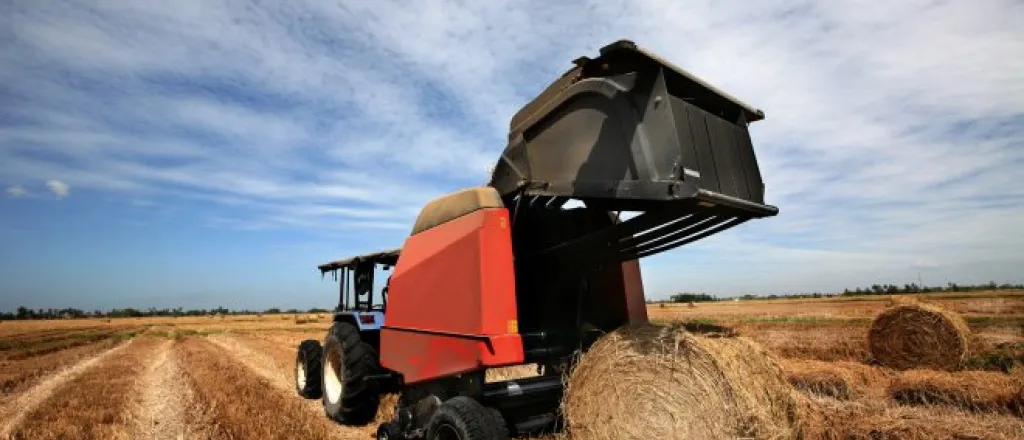
4 Common failure points with round hay balers
©
Round hay balers are essential equipment for farmers and ranchers across rural Colorado, helping to package hay for storage and feeding efficiently. However, like any piece of machinery, balers can experience problems that disrupt operations and cost valuable time and money. Understanding the most common failure points with round hay balers can help you prevent breakdowns and keep your machines running smoothly throughout the haying season.
Incorrect Bale Density Settings
One of the most frequent issues operators face stems from incorrect bale density settings. When density settings are too loose, bales lose their structural integrity and become difficult to handle, transport, and store. On the other hand, setting the density too high overly compacts bales and places excessive strain on the baler's mechanical components.
Finding the sweet spot for bale density requires careful attention to the type of hay you're working with. Different hay varieties and moisture levels demand different compression settings. Your baler's manual provides specific guidance on optimal settings, and taking the time to consult it can save you from costly mistakes.
Worn or Damaged Belts
The belt system in your round baler does the heavy lifting of forming and compressing hay into tight, uniform bales. When these belts become worn or damaged, the entire baling process suffers. Cracked, frayed, or stretched belts cause uneven bale formation and allow slippage, reducing efficiency.
Regular inspection of your baler's belts should become part of your routine maintenance schedule. Look for signs of wear such as cracks, tears, glazing, or uneven thickness. Having a reliable supply of spare and replacement baler belts will ensure that even if belt issues arise, you can resolve them quickly.
Clogged Pickup
Another common failure point with round hay balers is the pickup. The pickup mechanism feeds hay into your baler, and when it clogs, everything grinds to a halt. Clogs reduce efficiency, slow down your operation, and can damage the pickup or other baler components.
Regularly clearing the pickup throughout your baling operation keeps things running smoothly. Take a moment between windrows to check for buildup and remove any accumulated material. Avoid baling in excessively wet or muddy conditions whenever possible, as moisture makes hay stick together and increases the likelihood of clogs.
Improper Maintenance
Perhaps the most preventable cause of baler failure is simply neglecting regular maintenance. Balers work hard under demanding conditions, and they need consistent care to perform reliably. Skipping maintenance tasks leads to premature wear and unexpected component failures that you could easily prevent.
Follow your manufacturer's recommended maintenance schedule religiously. This includes greasing bearings at specified intervals, checking hydraulic fluid and other fluid levels, and inspecting all moving parts for signs of wear or damage. Store your baler in a dry, sheltered location during the off-season to protect it from weather-related deterioration.
Conclusion
Addressing these failure points will keep your round baler operating at peak performance when you need it most. For expert advice on maintaining your equipment or to find quality parts and service, reach out to your local agricultural equipment dealer who understands the unique demands of farming and ranching in Colorado.

















